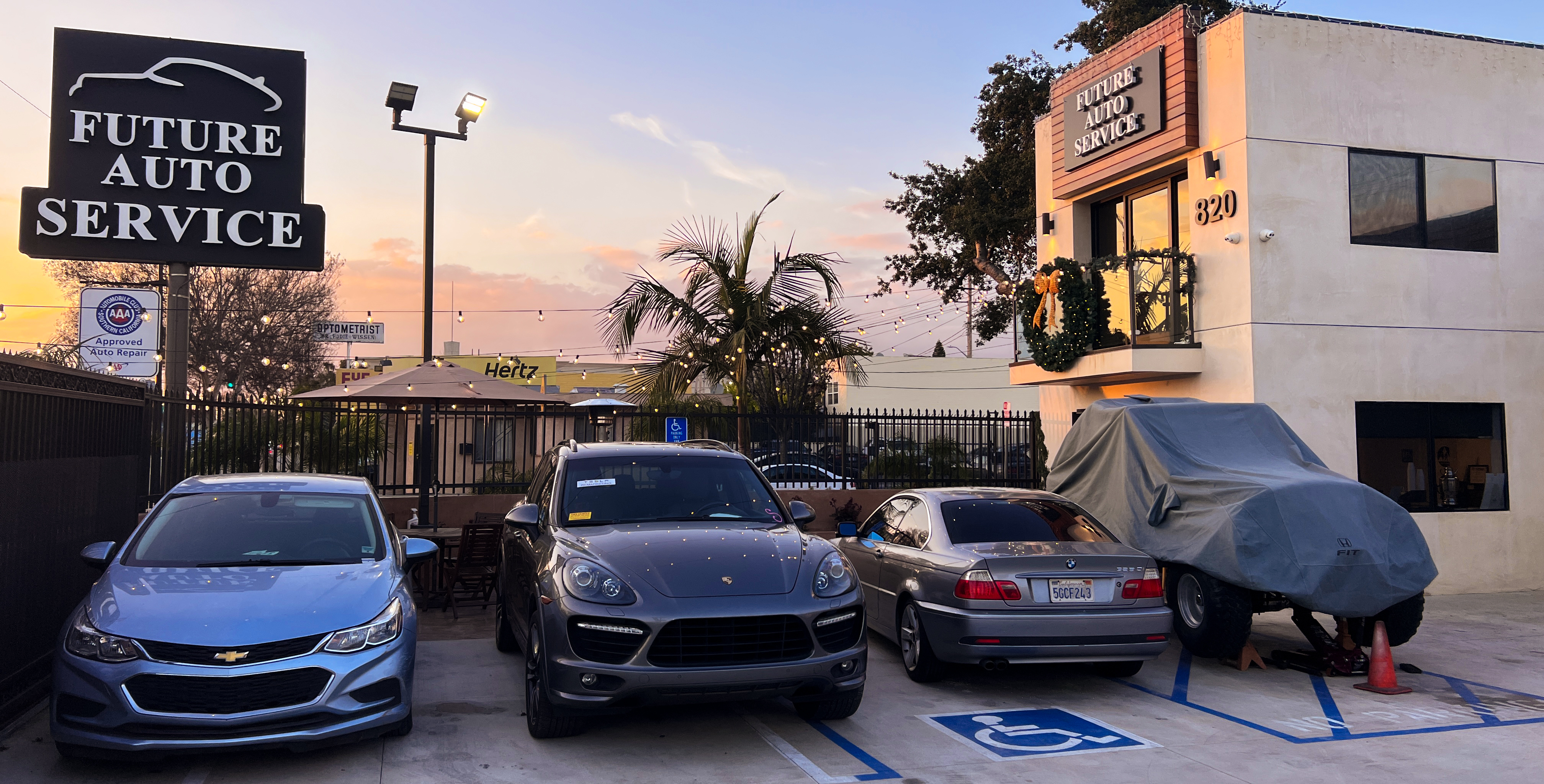Posted on 12/1/2024

How Cooler Weather Affects Brake Fluid and Your Driving Experience As the weather cools in Burbank, those crisp mornings bring more than just an opportunity to wrap up in your favorite scarf or warm up the car before departing. The fluctuating temperatures can subtly impact several systems within your vehicle, including the brakes. Often overlooked but vital, brake fluid is a critical component that ensures an effective response when you press the pedal—even on chilly December mornings. By learning how cooler weather affects brake fluid, you can ensure your vehicle runs smoothly. Let's delve into the science behind it, identify warning signs of potential issues, and discuss steps to maintain peak performance. The Science Behind Brake Fluid and Temperature Changes Brake fluid is a hydraulic liquid engineered to function effectively across various temperatures. Its primary role is to transmit the force exer ... read more
Posted on 11/1/2024

November has arrived! But is your car ready for this winter & holiday season? After a long and hot summer here in LA there is no denying that all of our cars have been through a lot. As our climate here in California changes throughout fall, it is important to give your car some tender loving care to prepare it for a busy holiday and Christmas season. Here at FAS we take car maintenance and auto repair very seriously and don't want to see you stranded on the side of the road with your family missing Thanksgiving Dinner. That's why we have come up with a Car Care Checklist to make sure you are traveling safely around Burbank and Los Angeles through the rest of the year into 2025. Important Maintenance Items to Consider Safety InspectionTires & Alignment ... read more
Posted on 10/16/2024

Today we are talking brakes! They are one of the most crucial components of any motor vehicle out on the road and are essential to slowing down your car and at the same time ensure safety for yourself and others on Burbank's roads. However, not all brakes are the same. Did you know there are two largely different types of brake systems on cars? In this blog post, we will do a crash course on the two kinds of conventional brake systems: Drum Brakes and Disk Brakes! So stick around to find out how these two brake systems are different, which ones you have on your car, and how they are serviced! A Brief History About Brakes The first ever car with brakes was introduced by the Frenchman Louis Renault in 1902. While disk and drum brakes saw the light of the world around the same time, the first mass-produced cars featured a drum brake system due to simpler technology and lower costs. Disk brakes didn't really become a thing until 1953 when ... read more
Posted on 9/2/2024

Why Brakes Matter More Than You Think When considering car maintenance, it's common to focus on more noticeable tasks such as oil changes, tire rotations and maybe even a new paint job. However, the reality is that one of the most crucial components keeping you safe out there on Burbank roads - whether weaving through traffic or cruising down scenic routes - are your brakes. Although unsung heroes continuously working every time you hit that pedal; they frequently get overlooked until issues like squeaking, grinding or worse yet failing occur despite their significance in guaranteeing road safety. Future Auto Service in Burbank emphasizes the importance of giving brakes proper attention. Despite lacking the allure of a turbocharged engine, they play an essential role in your car's performance and keeping you at ease on the road. Consistent brake inspections go beyond cost-saving measures; their significance lies in gua ... read more
Posted on 7/2/2024

Mastering Fluid Maintenance for Optimal Summer Performance Burbank, CA, is an ideal destination for summer adventures such as road trips, beach excursions, and family vacations. However, high temperatures could harm your vehicle's well-being, emphasizing the importance of proper fluid maintenance to avoid breakdowns and ensure optimal performance. At Future Auto Service, we take pride in meeting your car care needs all year round! Discover how maintaining crucial fluids can help keep you comfortable while driving during this season by diving into some handy tips below. The Importance of Engine Oil Your car's survival depends on engine oil. It eases the movement of its parts, minimizes friction, and aids in regulating temperature. When summer strikes with high temperatures, deterioration happens to your engine oil at a faster rate, which makes it less efficient than before. For guaranteed engine protection, switching to top-notch synthetic oil is recommended. This ty ... read more